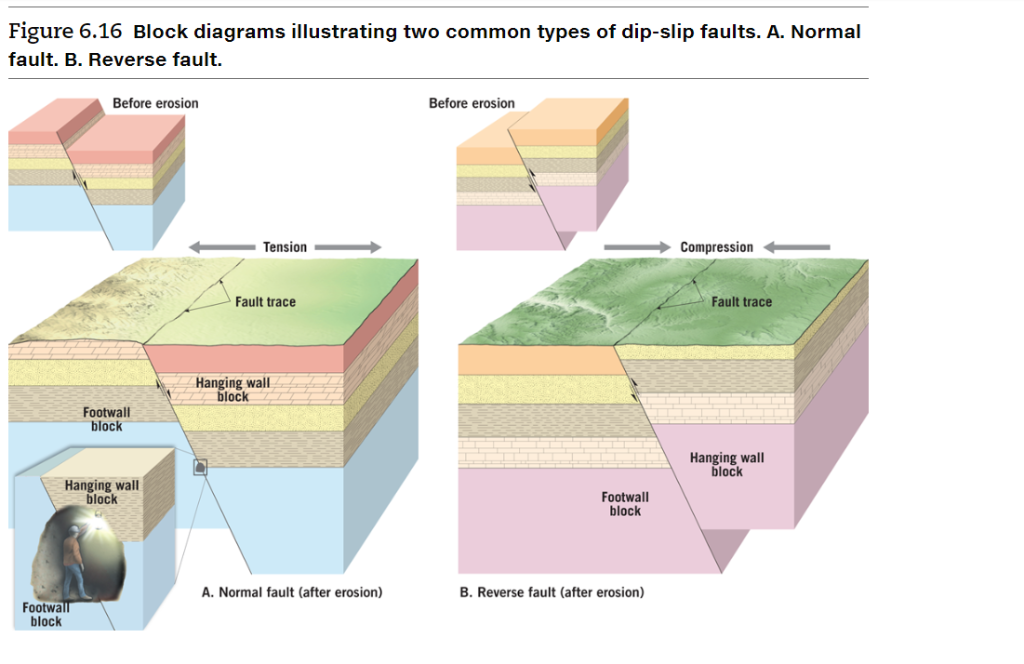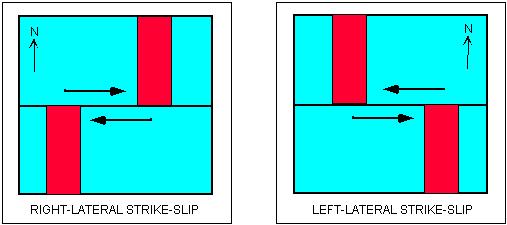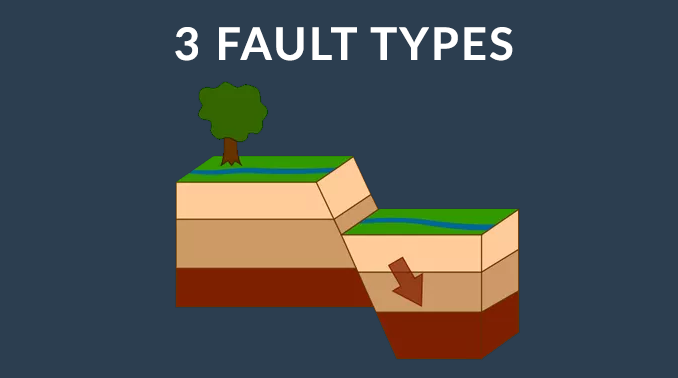

To demonstrate how folds are generated, take a piece of paper and hold it up with a hand on each end. Sudden and rapid application of stress is more likely to produce brittle deformation.įolds: Geologic Structures Formed by Ductile Deformationįolds are geologic structures created by ductile (plastic) deformation of Earth’s crust. Rocks at higher pressures and temperatures deeper within the crust are more likely to undergo ductile deformation. Tension is more likely to cause brittle deformation than compression. The deformation that results from applied stress depends on many factors, including the type of stress, the type of rock, pressure and temperature conditions, and how rapidly the stress is applied. If rocks are subjected to stress greater than they are able to accommodate with strain, they will fracture (brittle deformation, yellow star). When the elastic limit is reached (point X), if stress continues to accumulate as strain, the rocks will deform plastically, and will not return to their original shape if the stress is released.

As stress and strain increase, rocks first experience elastic deformation, and will return to their original shape if the stress is released. Deformation that results in breaking is called brittle deformation.įigure 8.2 | A stress and strain diagram. Deformation that does not involve a rock breaking is called ductile deformation. It may lead to the rocks bending into folds, or if too much strain accumulates, the rocks may fracture. Plastic deformation means that the deformation does not go away when stress is removed. Deformation is elastic until the rocks reach their elastic limit (point X on Figure 8.2), at which point the rock will begin to deform plastically. Initially, as rocks are subjected to increased stress, they behave in an elastic manner, meaning that once the stress is removed, they will return to their original shape (the first part of the curve in Figure 8.2).

Source: Randa Harris (2015) CC BY-SA 3.0 view sourceĪpplying stress to a rock can create deformation in that rock, known as strain. This beam is experiencing tensional stress, and rocks have very little strength when exposed to such stress. Why did the Romans use so many vertical columns to hold up the one horizontal beam? If the horizontal beam spanned a long distance without support, it would buckle under its own weight. Rocks can withstand much more compressional stress than tensional stress, as is apparent in some aspects of classical architecture (Figure 8.1).įigure 8.1 | The Roman Forum. Simple shear force is created when rocks move horizontally past each other in opposite directions. Tensional forces operate when rocks pull away from each other.

When compressional forces are at work, rocks are pushed together. There are three main types of stress: compression, tension, and shear. If stress is not concentrated at one point in a rock, the rock is less likely to break or bend because of that stress. The stress is more spread out in an athletic shoe. In the high heeled shoe heel, the area is very small, so much stress is concentrated at that point. For example, imagine the stress that is created at the tip of the heel of a high heeled shoe and compare it to the bottom of an athletic shoe. Because stress is a function of area, changing the area over which a force is applied will change the resulting stress. Rocks change as they experience stress, defined as a force applied to a given area.


 0 kommentar(er)
0 kommentar(er)
